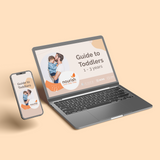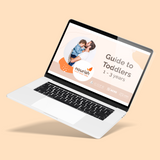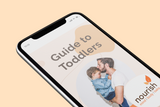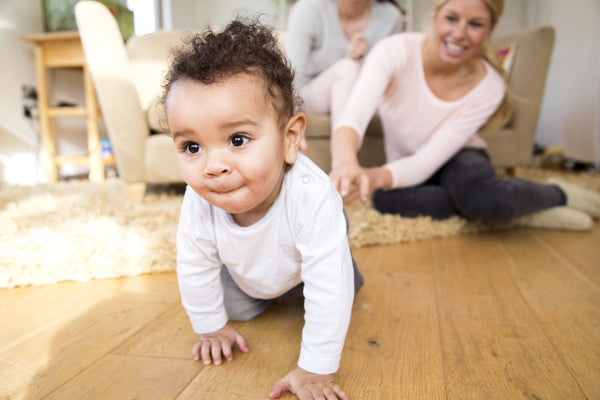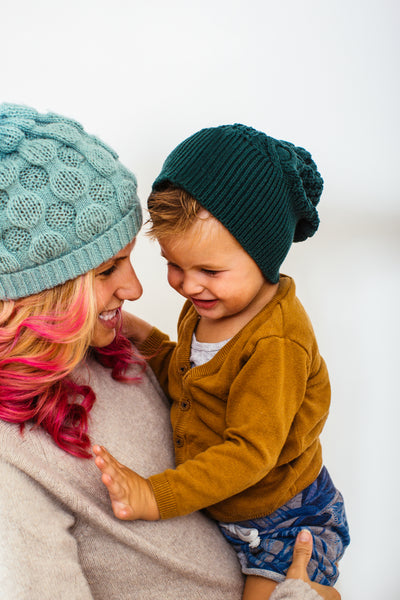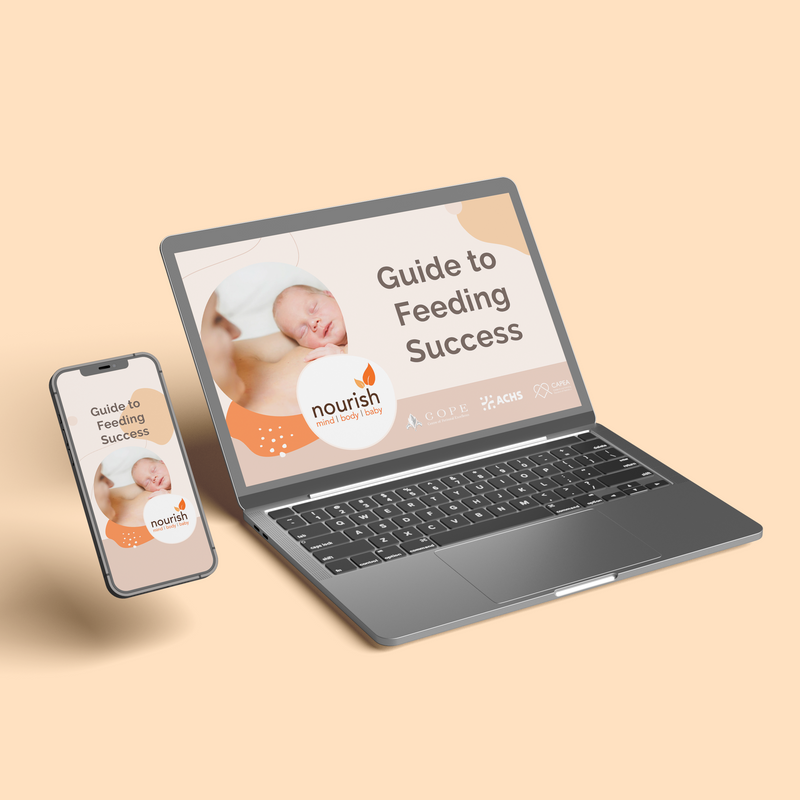You can encourage your toddler to sleep in their own bed by:
- Being on the same page as your partner about your toddler’s sleep plan
- Making a plan and sticking to it, even if your child is unhappy
- Establishing a bedtime settling routine
- Following your routine consistently, including daytime naps
- Tucking your toddler into bed and staying with them until they’re calm
- Gently guiding them back to bed if they wake during the night
- Using gentle instructions like “Lie in your bed, it’s time for sleep now”
- Praising your toddler for staying in their bed
- Ensuring their bed is warm and comfortable
Co-sleeping can be a hard habit to break, but it also increases the risk of Sudden Unexplained Death in Infancy (SUDI) and can affect parents’ sleep.
For more practical tips on sleep routines and healthy habits, explore our Parenting Guide for toddlers — it covers sleep, settling, and positive parenting strategies.
You should start toilet training your toddler when they show signs they’re ready — usually around 2 to 3 years old. Begin by sitting them on the toilet or potty for a few minutes at regular intervals throughout the day, particularly after meals.
As they grow more comfortable, start asking if they need to go. This encourages your toddler to identify the urge themselves.
You’ll find more support and practical advice on toilet training inside our comprehensive Parenting Guide for toddlers, designed to help you confidently navigate all key milestones.
As a parent, you can deal with toddler tantrums by helping them regulate their emotions and behaviour. Remain calm, soothing, caring and rational until the tantrum passes. This helps your toddler process their big emotions.
Keep in mind that toddlers are largely unable to understand their own emotions. Toddlers’ brains are still developing and they don’t have the logical thinking skills to express big emotions in a rational way. It’s your job to reassure and nurture them.
You can also manage things that may be triggering your toddler’s tantrums, such as:
- Stress
- Hunger
- Tiredness
- Overstimulation
- Physical illness
- Frustration
- Confusion
Picky eating is common in toddlers. New textures, flavours and foods may be rejected at first, and many new parents worry their child is undereating. On an average day, the Australian Dietary Guidelines recommends that children aged 2-3 should be eating:
- 1 serve of meat
- 2.5 serves of vegetables
- 4 serves of grains
- 1 serve of fruit
- 1.5 serves of dairy
This is a guideline only. Children have an innate ability to sense when they are hungry. As the parent, you should decide what and when to offer food, but you should allow your toddler to decide how much they eat.
If your toddler consistently rejects food at mealtimes, explore a positive parenting course for tips on managing eating. Also be mindful of how much snacking your child does throughout the day (especially around mealtimes). When introducing new foods, allow your toddler to explore by touching and tasting, and allow them to feed themselves as much as possible.
Consult your GP if you’re concerned about the amount your toddler is eating.








